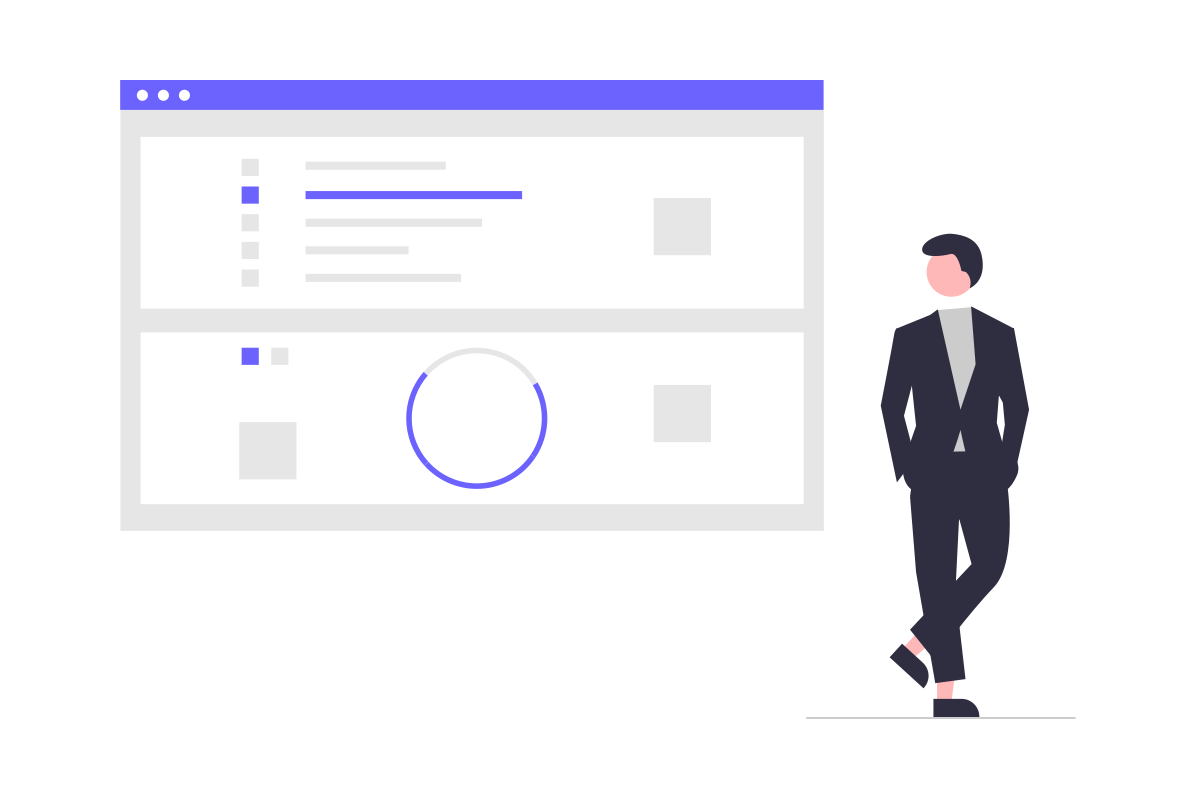In the ever-evolving world of digital marketing, personalization has become a key driver of customer engagement. As consumers are inundated with generic marketing messages, personalized strategies stand out, capturing attention and fostering deeper connections. This blog delves into the transformative power of personalized marketing and offers actionable insights on implementing effective personalized strategies.
The Power of Personalization
Personalization in marketing refers to the practice of tailoring messages, offers, and experiences to individual customers based on their preferences, behaviors, and demographics. This approach moves beyond one-size-fits-all tactics, making each interaction unique and relevant. Here’s why personalization is crucial:
- Increased Relevance: Personalized content speaks directly to the individual, addressing their specific needs and interests.
- Higher Engagement: Tailored messages are more likely to capture attention and elicit a response, driving higher engagement rates.
- Enhanced Loyalty: Personalization fosters a sense of being valued and understood, which can enhance customer loyalty and retention.
Key Personalized Marketing Strategies
1. Dynamic Content Personalization
Dynamic content personalization involves adjusting the content displayed to a user based on their past interactions and preferences. This can be applied to websites, emails, and ads.
- Web Personalization: Customize website elements such as banners, product recommendations, and call-to-actions based on user behavior and preferences.
- Email Personalization: Use customer data to send personalized email content, such as tailored product recommendations, special offers, and personalized greetings.
2. Behavioral Targeting
Behavioral targeting leverages user behavior data to deliver personalized experiences. This involves tracking user interactions, such as browsing history, purchase behavior, and engagement patterns.
- Segment Users by Behavior: Group users based on their actions, such as frequent buyers, browsers, or inactive users, and tailor your marketing messages accordingly.
- Trigger-Based Campaigns: Set up automated campaigns triggered by specific user actions, like abandoned cart reminders or follow-up emails after a purchase.
3. Personalized Recommendations
Offering personalized product or content recommendations can significantly enhance the customer experience.
- Product Recommendations: Use algorithms to suggest products based on the user’s browsing and purchase history.
- Content Recommendations: Recommend relevant blog posts, articles, or videos based on the user’s interests and past interactions.
Steps to Implement Personalized Marketing
1. Collect and Analyze Data
Effective personalization starts with data. Collect comprehensive data on your customers, including demographic information, behavior patterns, and preferences. Use analytics tools to gain insights from this data, identifying key trends and segments.
2. Develop Customer Personas
Create detailed customer personas representing your different segments. These personas should include information on demographics, behaviors, preferences, and pain points. Personas help guide your personalized marketing strategies by providing a clear picture of who you’re targeting.
3. Implement Personalization Tools
Leverage technology to implement personalized marketing. Use tools like CRM systems, email marketing platforms, and AI-driven personalization software to automate and optimize your efforts.
4. Test and Optimize
Personalization is an ongoing process. Continuously test different personalized strategies and measure their performance. Use A/B testing to compare different approaches and optimize based on what works best.
The Future of Personalized Marketing
As technology advances, the possibilities for personalized marketing are expanding. Here are some trends to watch:
- Artificial Intelligence: AI is enhancing the ability to analyze data and deliver hyper-personalized experiences in real-time.
- Predictive Analytics: Predictive analytics use historical data to anticipate future behavior, allowing for proactive personalization.
- Omni-Channel Personalization: Ensuring a seamless, personalized experience across all channels—online and offline—will become increasingly important.
Conclusion
Personalized marketing is no longer a luxury; it’s a necessity in today’s competitive landscape. By implementing dynamic content personalization, behavioral targeting, and personalized recommendations, businesses can significantly enhance customer engagement and drive growth. Start by collecting and analyzing data, developing customer personas, and leveraging technology to create a personalized experience that resonates with your audience.


